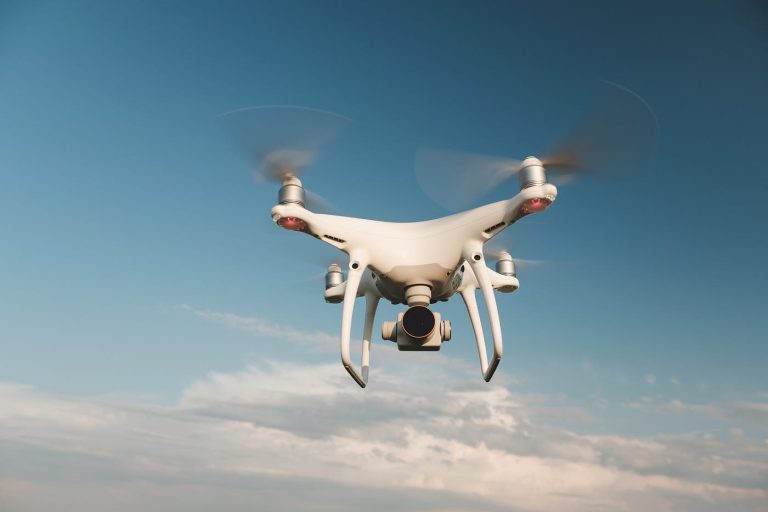Technology has transformed the way inspections are performed in industries today. From rooftops to power lines, aerial solutions are now more accurate and efficient than ever. Thermal imaging from above allows teams to detect hidden issues before they become costly problems. It offers a safe, quick, and data-rich alternative to traditional inspection methods. By combining advanced imaging sensors with aerial platforms, it is possible to cover large areas in minimal time. This approach benefits construction, energy, agriculture, and environmental monitoring sectors alike. In this article, we explore how aerial thermal imaging is reshaping inspection practices in the region.
How Thermal Imaging Works in Aerial Inspections
Thermal imaging detects differences in surface temperatures that are invisible to the human eye. Cameras capture infrared radiation and convert it into visual data. This data highlights heat signatures and anomalies with remarkable clarity. In industrial settings, such information is vital for maintenance and safety checks. Aerial platforms can scan large buildings, pipelines, and solar farms quickly. The data can be analyzed to identify overheating components or insulation problems. These early detections help prevent breakdowns and accidents. Industries save time, money, and resources while improving operational safety and reliability.
Applications Across Different Sectors
Thermal imaging from aerial platforms is versatile and adaptable. In agriculture, it helps monitor crop health and irrigation efficiency. In construction, it identifies moisture intrusion or heat loss in buildings. In the energy sector, it detects faults in power lines and solar panels. Environmental agencies use it to track wildlife movement or detect forest fires. Municipalities rely on it for infrastructure monitoring and public safety planning. Each of these applications benefits from the speed and accuracy aerial imaging offers. It reduces downtime, increases safety, and provides actionable data quickly.
Benefits of Aerial Thermal Imaging
One of the biggest advantages is safety for inspection teams. By keeping personnel on the ground, risks from climbing, electrical hazards, or unsafe terrain are reduced. Another benefit is the ability to inspect hard-to-reach areas without disruption. Operations can continue while inspections are underway, minimizing costly shutdowns. The data collected is detailed, precise, and easily stored for future reference. This makes it easier to track changes over time and plan maintenance. Cost savings also make aerial thermal imaging an attractive choice for organizations of all sizes.
Drone Thermal Inspection in Georgia: Why It’s Gaining Popularity
The demand for drone thermal inspection in Georgia is growing rapidly. Businesses and government agencies are recognizing its efficiency and accuracy. The state’s diverse industries, from agriculture to energy, benefit from this modern approach. Weather conditions and varied landscapes make aerial inspections especially valuable here. With the right equipment, inspections can be performed year-round without delay. This flexibility makes drone thermal inspection in Georgia a practical and dependable choice. As technology continues to advance, the quality and detail of collected data will only improve.
Key Industries Leveraging Aerial Thermal Technology
Georgia’s agricultural sector uses aerial thermal imaging to monitor crop health and optimize water use. Solar farms benefit by identifying malfunctioning panels before they impact energy output. Power companies use the technology to inspect lines and transformers safely. In manufacturing, it helps detect machinery overheating and prevent breakdowns. Real estate developers use it for site surveys and building inspections. Government agencies apply it to public safety, environmental protection, and disaster management. This wide range of applications explains why drone thermal inspection in Georgia is becoming a preferred method.
Future of Aerial Thermal Imaging in Georgia
As drone technology becomes more advanced, inspection capabilities will continue to expand. Artificial intelligence will enhance data analysis, delivering insights even faster. Machine learning models will help predict maintenance needs before issues occur. Regulatory frameworks are also evolving, allowing broader use in commercial applications. The growing number of trained operators ensures that more industries can benefit. For Georgia, this means safer, faster, and more efficient inspections in every sector. The potential for innovation is high, making drone thermal inspection in Georgia an essential tool for the future.
Conclusion
Aerial thermal imaging is changing the way inspections are performed. Its speed, safety, and accuracy make it a valuable solution for many industries. In Georgia, the technology is proving its worth in agriculture, energy, construction, and beyond. With continued advancements, it will only become more precise and widely adopted. Businesses that embrace this approach can expect lower costs and higher operational safety. The future of inspections is in the air—and it’s delivering results.






Comments